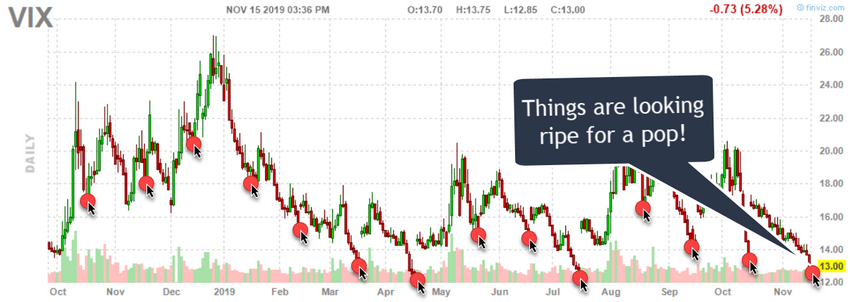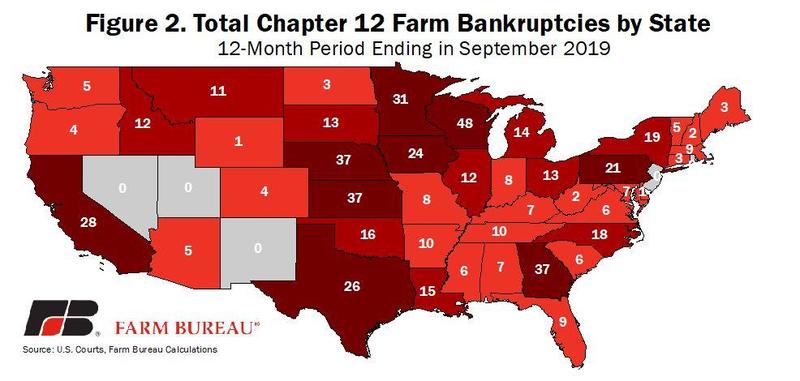Does history repeat itself? Are price patterns and chart patterns reliable enough to suggest that a global Real Estate market collapse may be set up? What would it take for another Real Estate collapse to take place in today’s global market?
First, let’s start with this simple chart highlighting the “Bear Flag” setup from 2007 and the current 2019 Bear Flag setup. This price pattern was enough of an early warning sign for our research team to run into our offices and tell us of the exciting pattern they just identified regarding Real Estate and what they thought could happen. We listened to them share their ideas and concepts of how we have 11 months to go before the 2020 US Presidential election takes place and how higher risk delinquencies and foreclosures are starting to spike. They suggested the political theater of the global markets and US election cycle will likely distract from the weakening economic cycle which could present enough “smoke and mirrors” to keep investors’ attention away from this potential collapse in the housing market.
Much like a magician attempts to distract you just long enough to pull of their new trick, could the political theater, global economic news cycles and the never-ending battle in Washington DC be just enough of a distraction that skilled traders miss this critical setup? We hope not.
The peak that occurred in 2007 setup about 19 months before the 2008 Presidential election took place. The 2019 peak occurs about 13 months before the 2020 Presidential election. In both instances, a highly contentious political battle is taking place which may distract traders and investors from really paying attention to the underlying factors of the global markets. Continue reading "Is A Real Estate Crash Coming?"



